Table of Contents
As a Physical Therapist, I have heard the term “getting old isn’t for sissies” far too many times. As people age, it is no surprise that they discover getting around isn’t as easy as it used to be.
Illnesses such as arthritis, osteoporosis, heart disease, stroke, diabetes, and cancers can make moving even more challenging.
As their bodies begin to decline some seniors may even start to question whether exercise is even for them; whether getting off of the couch is even worth it.
Most people know the benefits of exercise, but with increased age older adults may start to have doubts as to whether exercise can help their condition.
Well, I am here to tell you that you CAN still get better and improve your condition with exercise as you age.
Countless research has shown improvements in older adults who exercise and/or stay active including a reduction in heart disease, bone loss, muscle loss, obesity, and even cognitive decline.
Property of rehaballey.com
An article by Nursing Times (LINK) reveals that muscles lose strength at a rate of about 12% each week of non-use.
After 3-5 weeks of non-use muscles lose about half of its strength. Furthermore, increased bed rest can lead to a chain of debilitating events that affects just about every system of your body.
Individuals who are immobilized also are more likely to develop anxiety, sleep disorders, depression, and eventually total dependency on another person to function (LINK).
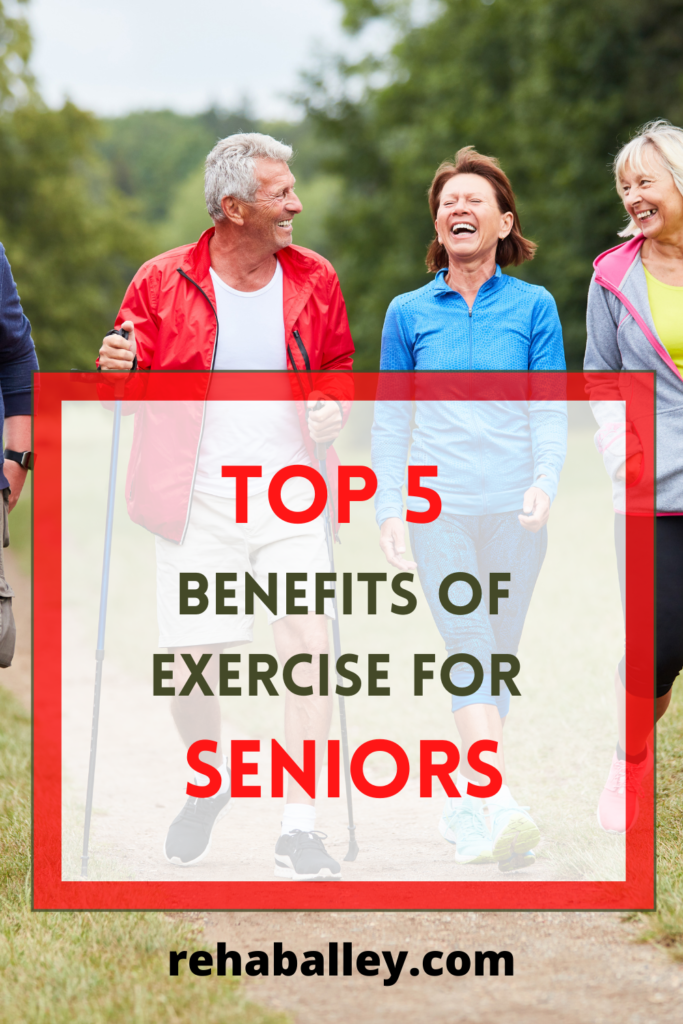
That is why, even in the older adult population, it is VERY important to continue to stay active and exercise on a daily basis and reduce sedentary time as much as possible.
As a Physical Therapist, improving your physical function, strength, and decreasing your dependency on others is what I do best.
In this article, I will be going into detail on the top 5 benefits of exercise for seniors, and how it affects certain systems of your body. Are you ready, let’s go.
#1 Maintains Healthy Bones/Joints
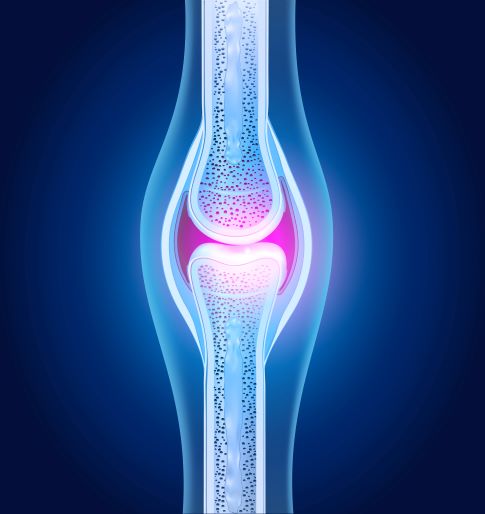
As you age, your bones become brittle and joints become stiffer. According to Medical News Today (LINK), bone density peaks in the mid-late 20s, and starts to decline around 35 years of age.
Women are especially vulnerable to a decline in bone density once they reach menopause, due to the lack of estrogen which makes it more difficult for bones to regenerate.
This could eventually lead to osteoporosis (a decline in bone density) and fractures. Increased fractures can further lead to falls causing more harm and disability.
Arthritis is inflammation that occurs in the joints due to a decrease in cartilage causing bone-on-bone contact (osteoarthritis), or an autoimmune attack on the body causing joint erosion (rheumatoid arthritis).
Although there are many other types of arthritis, the bottom line is that arthritis can be very painful and disabling. Arthritis can even lead to other complications (LINK) as well.
Property of rehaballey.com
Older adults who have experienced osteoporosis or arthritis may become more sedentary in an effort to protect their bones and joints. However, research has proven that exercise is actually very beneficial to the health of your bones & joints.
So What Does the Evidence Say?
There is plenty of evidence that shows the effectiveness of weight-bearing exercises on improving bone density. Weight-bearing exercises such as walking and climbing stairs help to regenerate the bone causing a reduction in bone loss.
A study (LINK) was done to show the effects of exercise on bone density and back pain. The study used sedentary postmenopausal women and separated them into (3) groups.
Group 1 received exercise and was compliant, Group 2 received exercise and was noncompliant, and Group 3 received no exercise.
The results of the study showed a significant decrease in bone density in Groups 2 and 3. Group 1 not only showed no change in bone density, but they also reported a decrease in their back pain as well.
Property of rehaballey.com
Another study (LINK) was done to study the effects of aerobic/strengthening exercises, and Hatha yoga on managing osteoarthritis.
The results showed that both groups improved symptoms of osteoarthritis, however, Hatha yoga may have superior benefits in adults with osteoarthritis.
**ALLEY TIPS: If you have been diagnosed with osteoporosis it is important to start with low-impact, low-intensity exercises to reduce the risk of fractures**
# 2 Improves Cardiovascular Health
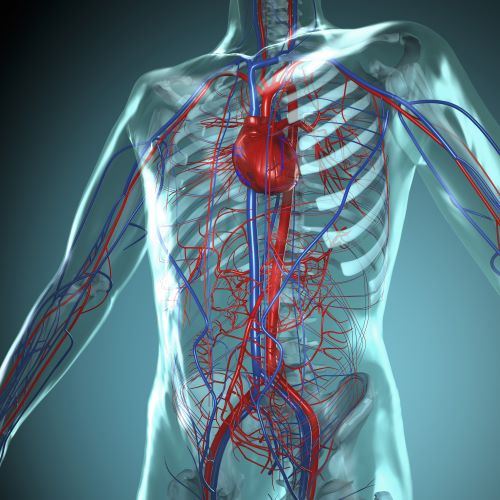
As per the date of this blog, cardiovascular disease is the leading cause of morbidity and mortality worldwide. In addition, it accounts for ~600,000 deaths each year in the United States alone (LINK).
Most people often forget that the heart is a muscle as well. And just like any other muscle, you must continue to exercise to keep it strong and healthy.
Exercise increases the heart musculature which makes the heart more efficient at pumping blood to the rest of the body.
The heart is able to get more blood and oxygen to the tissues with each beat and does not need to pump as often. This leads to a lower resting heart rate.
Property of rehaballey.com
Exercise and the Vascular System
Not only does the heart get stronger, but exercise also helps to improve the physiology of blood vessels as well.
Research has shown that regular exercise protects against metabolic syndrome by improving insulin sensitivity.
This reduces inflammation that causes blood vessels to become stiff, harden, and fill with plaque. As inflammation around the vessels improves less pressure hits the arterial walls, and as a result blood pressure lowers.
Exercise also keeps the blood circulating in your system, and helps to prevent blood clots that can lead to deep venous thrombosis (DVTs), heart attacks, and stroke.
So What Does the Evidence Say?
One article (LINK) in particular, tested the effects of high-intensity interval training (HIIT) on the vascular function of patients with type II diabetes. The results showed that HIIT exercises improved the carotid artery thickness as well as peripheral artery thickness in diabetic patients.
This evidence suggests that HIIT exercises may be beneficial in improving vascular function in patients with type II diabetes.
**ALLEY TIPS: It is important to note that if you have coronary artery disease, recent heart surgery, or congestive heart failure it is recommended that you exercise under the supervision of your doctor, therapist, or other healthcare professional.
They can help tailor exercises to fit your needs, and closely monitor your symptoms as needed**
#3 Improves Muscular Strength
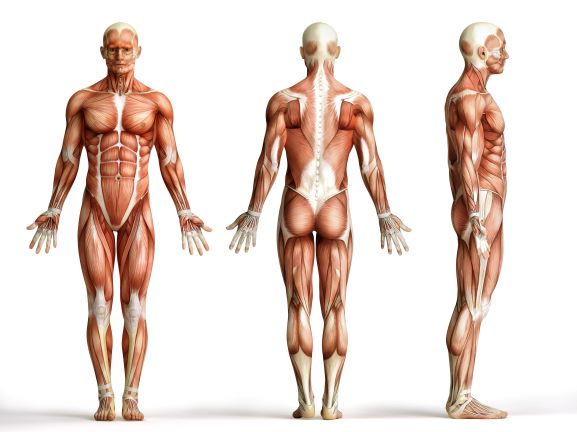
As individuals age, there is also a loss of muscle mass and strength.
It is important to reverse the loss of muscle strength in the elderly population in order to improve function, decrease obesity, and reverse the progression toward type II diabetes, as one article (LINK) suggests.
The good news is that regular exercise 3-5 times each week for several weeks reverses many of these age-related diseases.
Research (LINK) shows that exercise, in particular strength training, stimulates muscle protein production. After several periods of muscle protein production, muscle hypertrophy, or growth can occur.
Property of rehaballey.com
Effects of Exercise on Body Systems
In addition, different exercises can have different yet similar effects on the musculoskeletal systems and bodily functions.
For example, endurance exercise improves insulin sensitivity and reduces body fat, whereas resistance exercises improve muscle mass and strength (LINK). Some research even suggests that aerobic exercise may also induce muscle growth as well (LINK).
Although old age reduces the ability of the muscles to grow after exercise, simply ingesting protein after exercise can help.
Evidence also shows that there are changes that occur in tendons that connect muscles as well. There is a loss of collagen after 24-36 hours of exercise, followed by a production of new collagen after 36-72 hours (LINK).
Collagen is a protein inside connective tissues and tendons that play a significant role in keeping these structures intact.
#4 Reverses Decline in Function
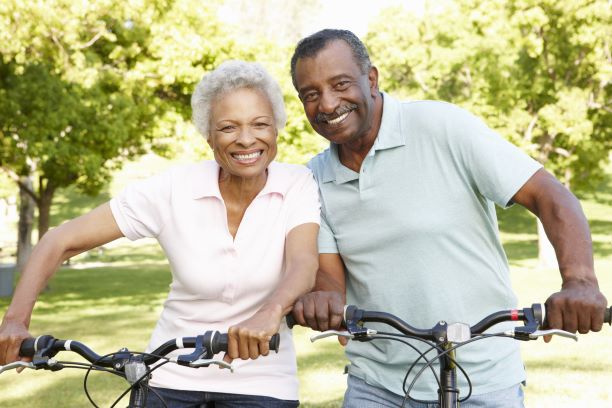
If you are a senior and/or have ever been hospitalized then you may have experienced how quickly your functional health can decline.
Basic functional activities such as walking, climbing stairs, prolonged standing, transferring, bathing, and dressing may start to tire you out quicker than you realize.
In addition, as your bones and muscles start to deteriorate, you may even need some assistance with completing these tasks.
Well, studies have shown that exercise can actually reverse the effects of functional decline.
So What Does the Evidence Say?
A randomized controlled trial (LINK) showed the effects of exercise intervention in the very elderly during acute hospitalization.
The researchers found hospitalization led to impairment in function in the group of elderly who did not exercise.
However, the group that exercised not only reversed this trend but also improved their cognition as well. Cognitive Health will be discussed in the next section.
Property of rehaballey.com
Another study (LINK) was done to determine how well physical activity could PREVENT major mobility dysfunction in older adults.
The study concluded that the older adults who participated in a moderate-intensity physical activity program reduced mobility disability over 2.6 years, compared to the group that only received health education.
So the important thing to note is to “keep moving” to prevent functional decline, especially as you age.
If you do not prefer traditional style exercises and would like something simpler and less taxing, then you can check out my blog Simple Activities Older Adults Can Do to Stay Active (LINK).
#5 Improves Cognitive Health
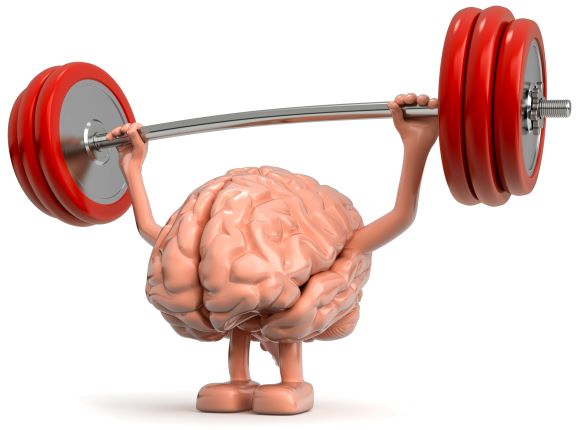
There are numerous studies that demonstrate improved cognitive health in older adults who exercise regularly. This is by far one of the greatest effects of exercise for the elderly.
Exercise has even been shown to help with various cognitive and mental diseases including:
- Mild cognitive impairment
- Depression
- Anxiety
According to Harvard Health Publishing: Harvard Medical School (LINK), exercise can help reduce inflammation, insulin resistance, and help to release growth factors, which can improve brain cell health and blood vessels within the brain.
Exercise can also improve sleep, and reduce stress which also helps to reduce depression, anxiety, and other cognitive and mental issues.
In addition, some studies even suggest that exercise causes structural changes within the brain that aids to prevent or delay neurodegenerative diseases such as Alzheimer’s Disease.
So What Does the Evidence Say?
One particular study (LINK) that assessed the effects of exercise on the cognitive function of older adults during acute hospitalization, found that not only was a multicomponent exercise training program effective for improving cognitive function but also suggested the need for a shift from traditional bed rest during hospitalizations to one that addresses more functional activities.
If you are looking for more opportunities to improve your function while you are in the hospital then check out my blog The Top 5 Benefits to Inpatient Rehabilitation (LINK).
Property of rehaballey.com
Most of today’s research is leaning more toward combining exercise with cognitive tasks as being the most beneficial way to improve cognitive health in patients.
Sadly, most research studies do NOT show any significant cognitive gains from exercise in patients already diagnosed with dementia.
Regardless of your fitness level or age, there are activities or things you can do to stay active. From simple chores around the house, to light weight-lifting and yoga, exercise has proven to help reduce the body’s deterioration that comes with increased age, and reverse diseases associated with inactivity.
My goal is to get you to function as independently as possible, so you can get back to quality of life such as spending time with family/grandchildren, traveling, or any other life goals that you may have.
Yes, you can still be functional and independent even as an older adult. Together we can help reduce disability in seniors.
If you would like to see more articles related to rehabilitation, durable medical equipment, exercise, and general health visit my blog page at https://rehaballey.com/blog/. GOD BLESS YOUR ENDEAVORS!!

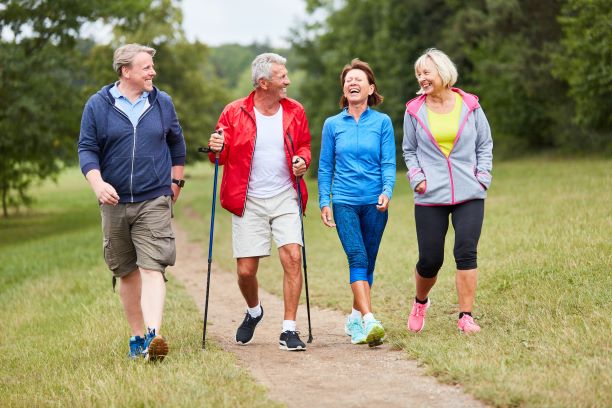

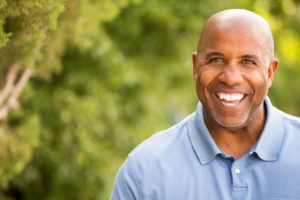
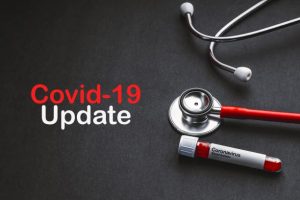
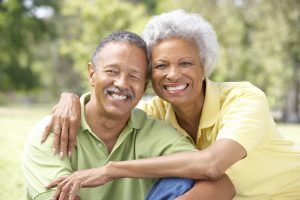
Pingback: Top 6 Contributors to Weight Gain or Obesity - Rehab Alley